Minister of Agriculture Luca Zaia in NYC. Promoting Italian DOC, IGP, and DOP Products in the US Market
“When I first started thirty years ago, it was difficult to find Italian products in America and bring authentic Italian flavor to the table.” So says Lidia Bastianich, the well-known and much loved chef, TV host, and co-owner of the restaurant which held a press conference that focused on the problem of counterfeiting in the food industry.
Italian Consul Francesco Maria Talò, Minister of Agriculture Luca Zaia, President of Buonitalia Walter Brunello, Director of the Italian Trade Commission in North America Aniello Musella, and Director of VeronaFiere Giovanni Mantovani presented and discussed the issue in-depth.
“Our mission,” said Talò introducing the topic of the press conference, “is to ensure that the American community has access to and can purchase authentic Italian food with confidence. Italian cuisine is loved in America, but with every great love when you speak different languages, you run the risk of misunderstanding and so you end up Lost in Translation. Products that are similar to but are not original Italian products – it’s difference between Italian and Italian-sounding. We want to support true Italian products that are high-quality since high-quality products promote health. So it’s an issue of quality, but it’s also a question of health as we don’t want it to be the exclusive privilege of Italians. For this reason it is so important that products are original and DOC.”
“We have worked hard to enhance the presence of authentic Italian products in the
U.S. market,” adds Walter Brunello. “Buyers may not know the difference between an original and an imitation. Our goal is to work with companies and remain close at hand while helping small businesses enter the marketplace.”
For the Director of Veronafiere, Giovanni Mantovani, Italian wine is the product that best represents the Italian lifestyle. “Through Vinitaly’s tour, which presents Italian wines at different events around the world, we export and promote this lifestyle focussing on quality of life and a healthy life. We want to put companies in contact with selected groups of professionals in the field and educate their palates about the culture of wine in terms of how taste is a cultural vehicle.”
“For this reason,” adds Aniello Musella of Italian Trade Commission, “we need to help those companies that are not yet represented in this market to enter in th best way possible, and we facilitate this process.”
government’s official position. “In Italy we have 182 products that are either DOP or IGP, and over 500 DOC wines that are the most imitated products in the world. If we are angry it is because our agricultural and food exports are worth 24 billion Euros and growing in spite of the unfavorable economic climate. The economic damage today has surpassed 200 billion Euros but it’s not only an economic problem, it’s also an issue of food safety. Those who think they are purchasing certified Italian products risk their health by purchasing something else. To combat this problem we are taking action on two levels.”
“The first is through international agreements. In 2001 in Doha, Qatar 153 countries agreed to and established global rules of trade. Italy’s presence in Doha has been to defend its products. We now want these basic rules to be followed.”
“The second is through public awareness. We want consumers to be informed and educated about authentic products made in Italy. We will therefore feature seminars at various retail centers to explain and promote the products through their flavors and the palate besides the label on the package. Purchasers should sample and learn that Parmesan is Parmigiano Reggiano. We must respect consumers and in order to do so we will assess and check on everything. My inspectors will test all of the products bearing an Italian label and those that are not Italian will be taken directly to Geneva and the WTO.”
i-Italy asked Zaia how he will reach people in those areas of the United States who have less access to Italian food culture.
“I don’t think that the future of food in America lies only with hamburgers. It will be spaghetti, seeing that 8 out of every 10 homes in America has our spaghetti in their pantries. Italian pasta will be our ambassador and it will allow us to introduce other products such as Parmigiano Reggiano, Grana Padano, Mozzarella, San Marzano Tomatoes....”
Italian products are more expensive than their imitations. As the current economic downturn means that consumers have a tendancy to save, how do you think this problem can be overcome?
“The answer is the peace of mind in food safety. Seventy-two percent of consumers state that they are willing to spend more on food with the assurance that they are buying the original and with the confidence that it is made in Italy.”
How do you intend to do make this information available on a grassroots level? Will the web play a role in this project?
“Absolutely. It’s included in Buonitalia’s plan for the educational part of made in Italy food. It will not only take place in retail centers but will also have a web presence through social networks.”
After hearing from the Minister of Agriculture, we interviewed Giovanni Mantovani. We wanted to his opinion, from the standpoint of Italian wines, on how to reach those who don’t live on the east and west coasts where food culture and the slow food movement have been on the rise in recent years.
“I believe that a growing number of Americans know the world of wine. Just a few days ago I was surprised to visit a winery in Virginia and see thousands of people who, on a weekday, were tasting wines. It was an Italian-owned company but still an American one. People understand the beauty of combining good food with good drink. Even in the parts of America that were traditionally perceived as being less receptive to food and wine culture are beginning to understand the value of eating and drinking well.”
How do you perceive the growth and development of the American wine market, in California for example?
“The fact that good local products are available in America is absolutely a good thing because a market that produces quality gets used to quality and raises the bar for consumers who expect quality products. It’s an opportunity for growth all around.”
Vinitaly will be in New York this February. What message would you like to send?
“Our message in February will focus on the specificities of Italian wines and the differences between wines. The second part will demonstrate how to match these wines with foods that will complement each other.”






























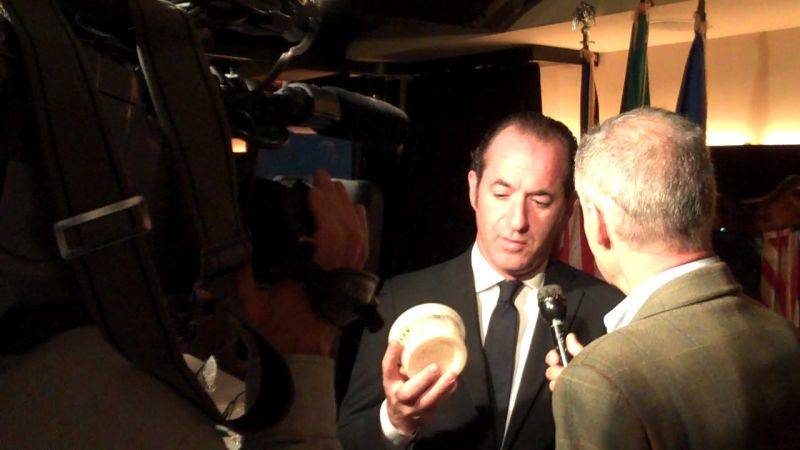
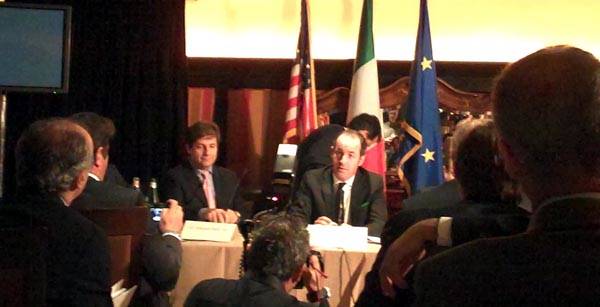
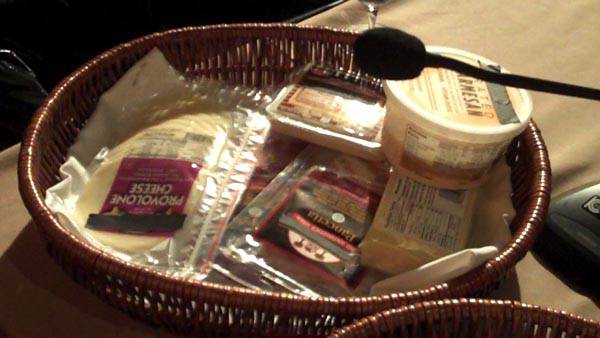
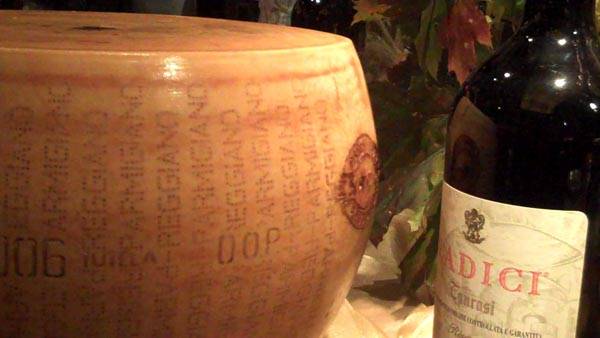
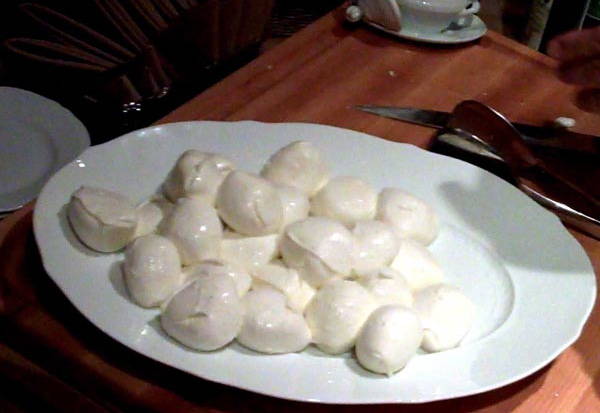
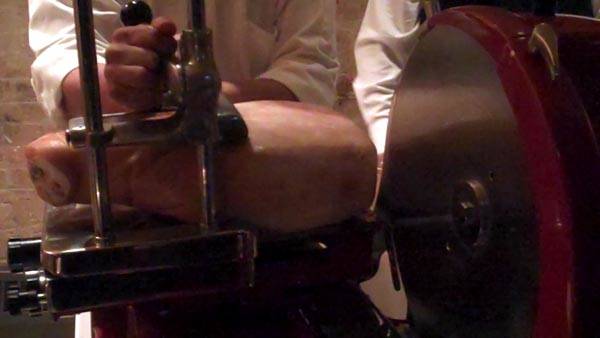






i-Italy
Facebook
Google+
This work may not be reproduced, in whole or in part, without prior written permission.
Questo lavoro non può essere riprodotto, in tutto o in parte, senza permesso scritto.